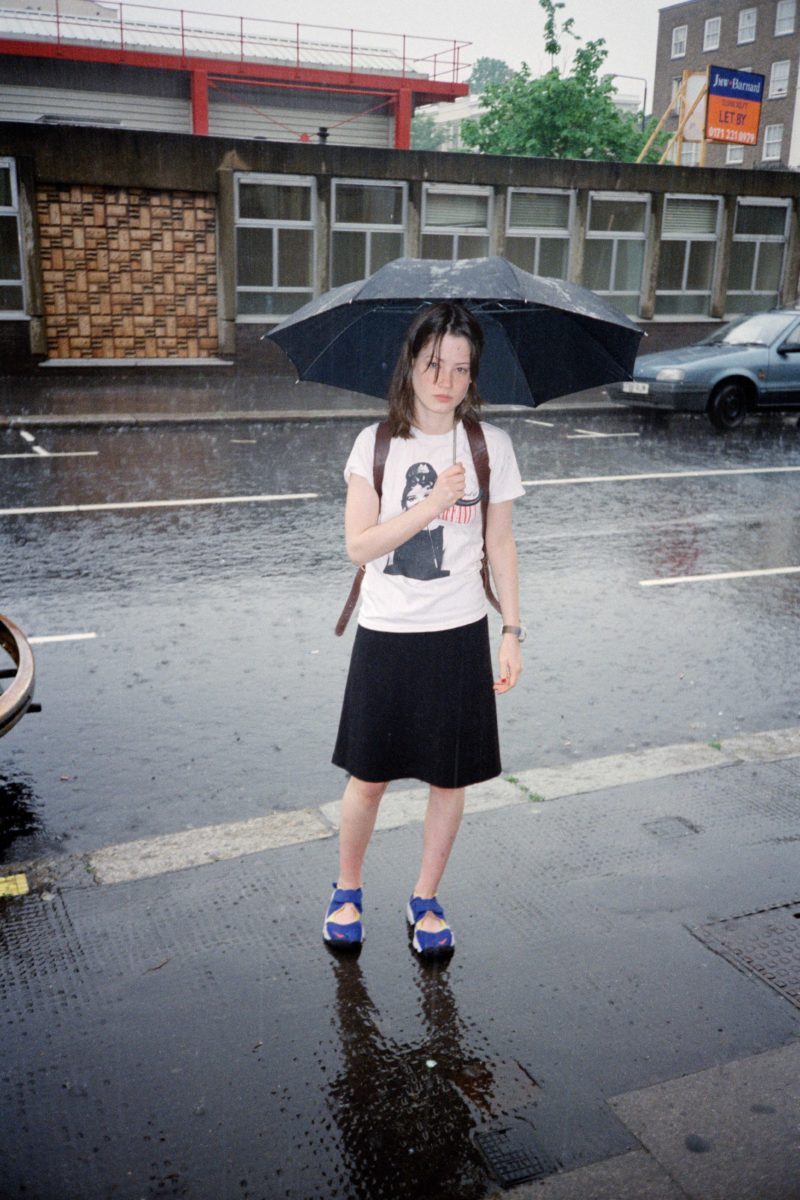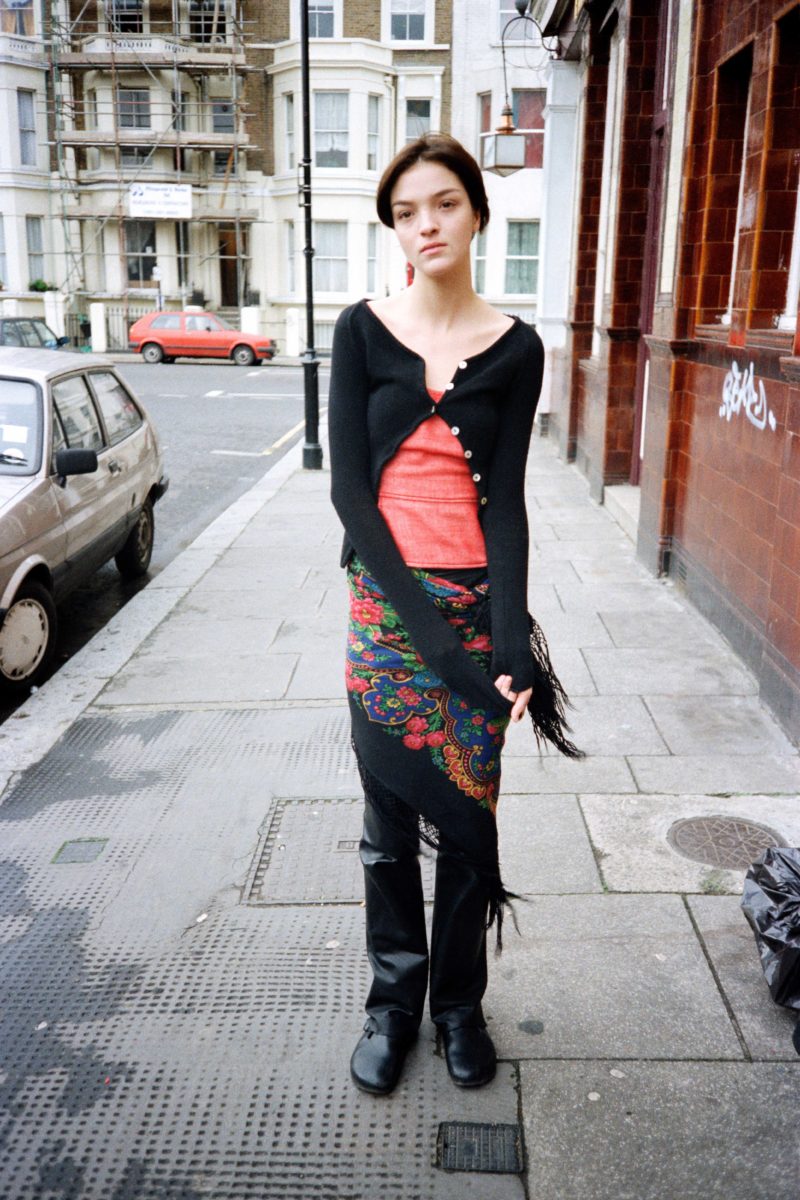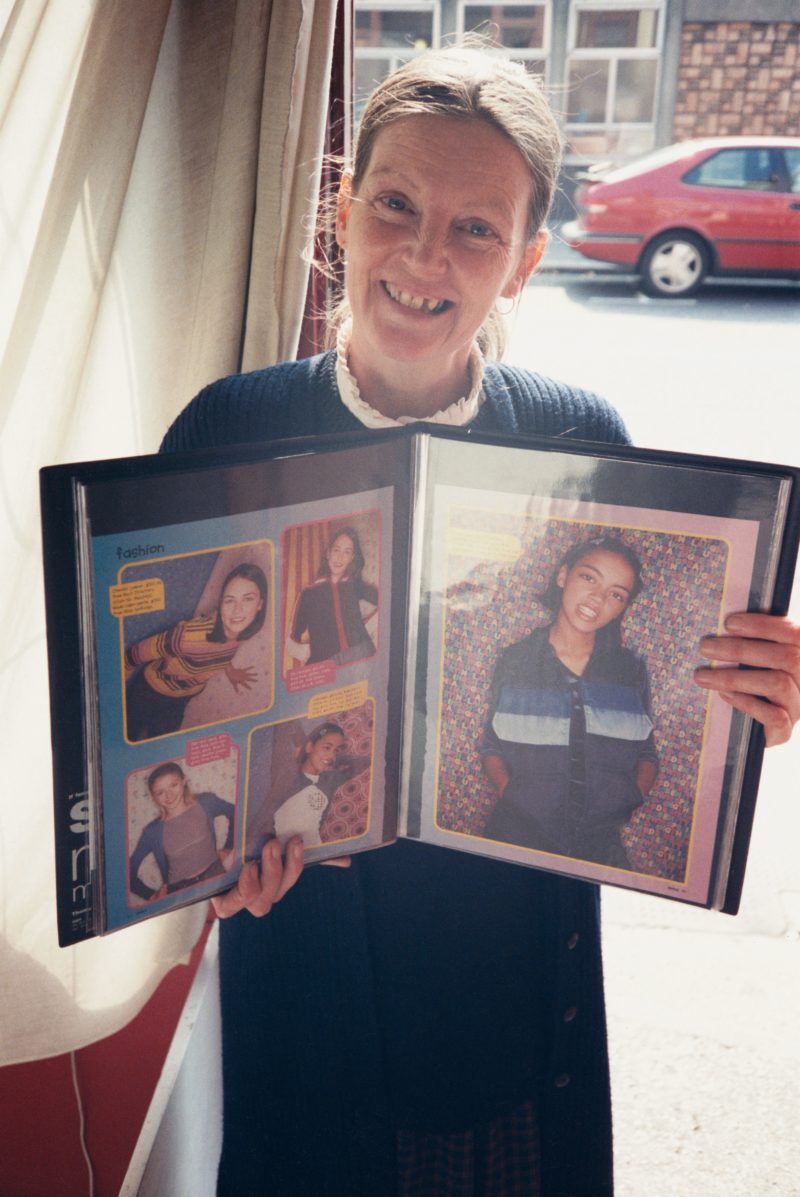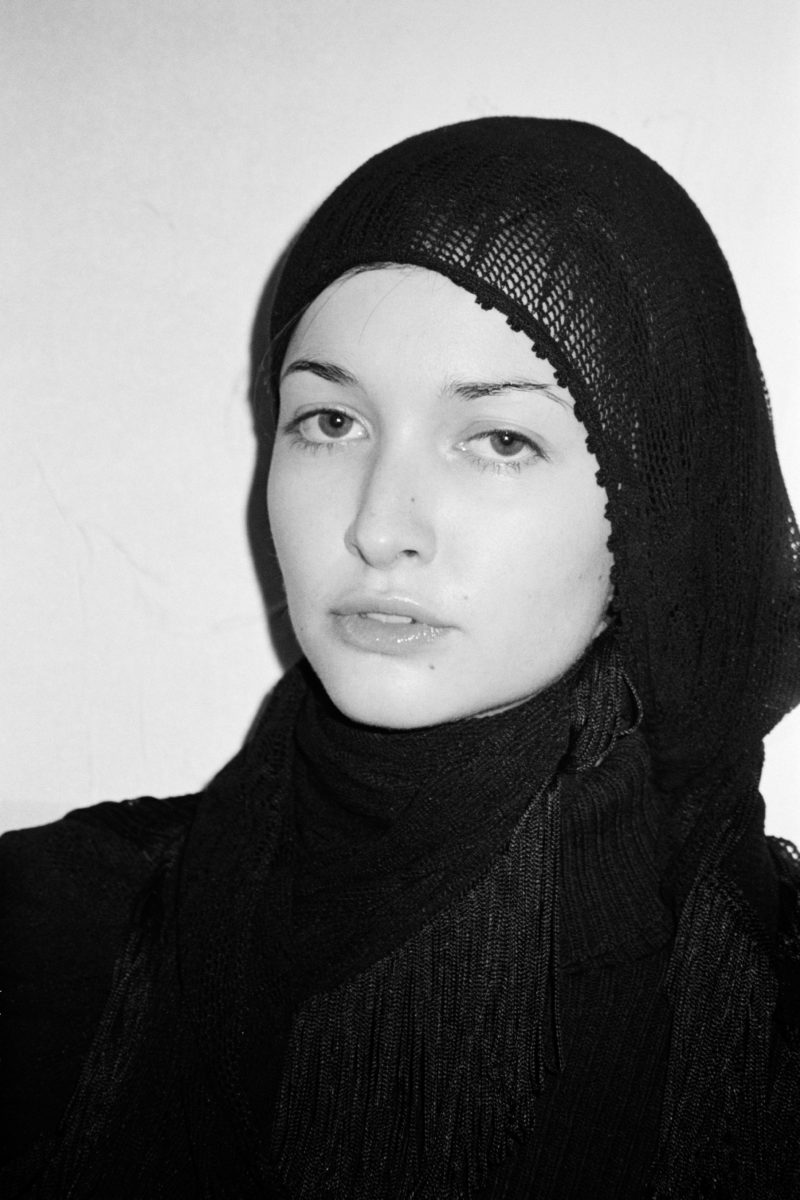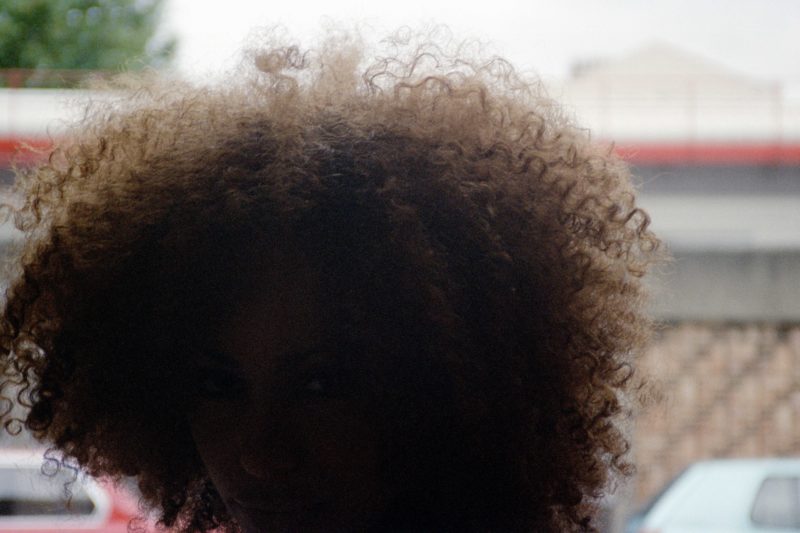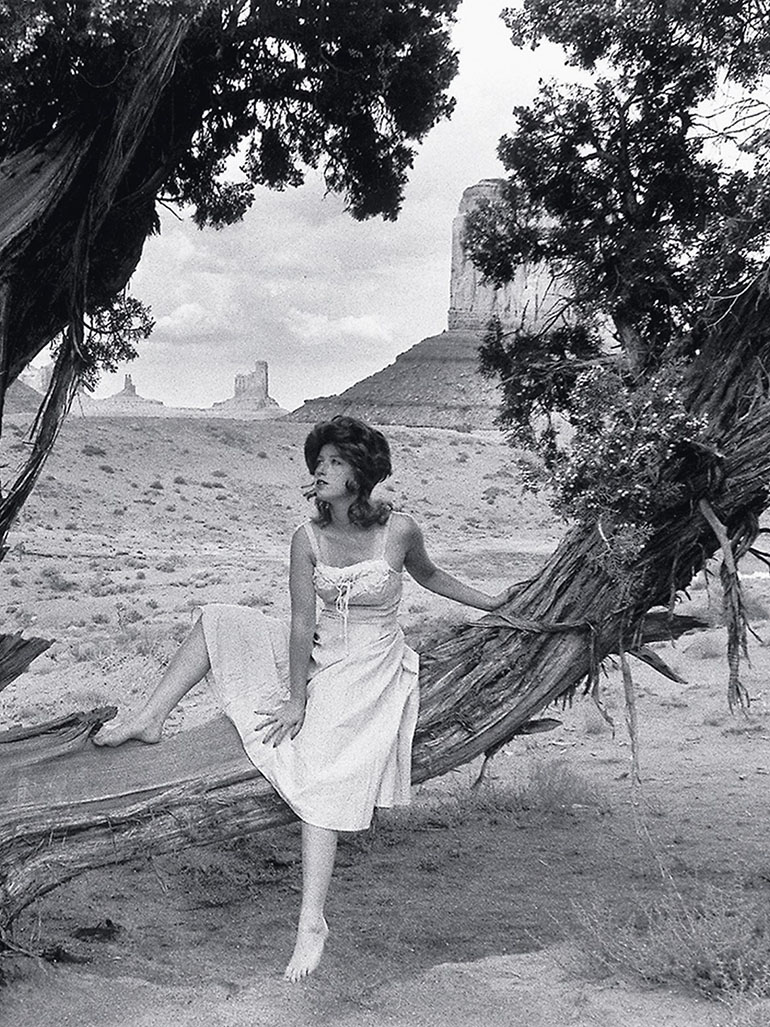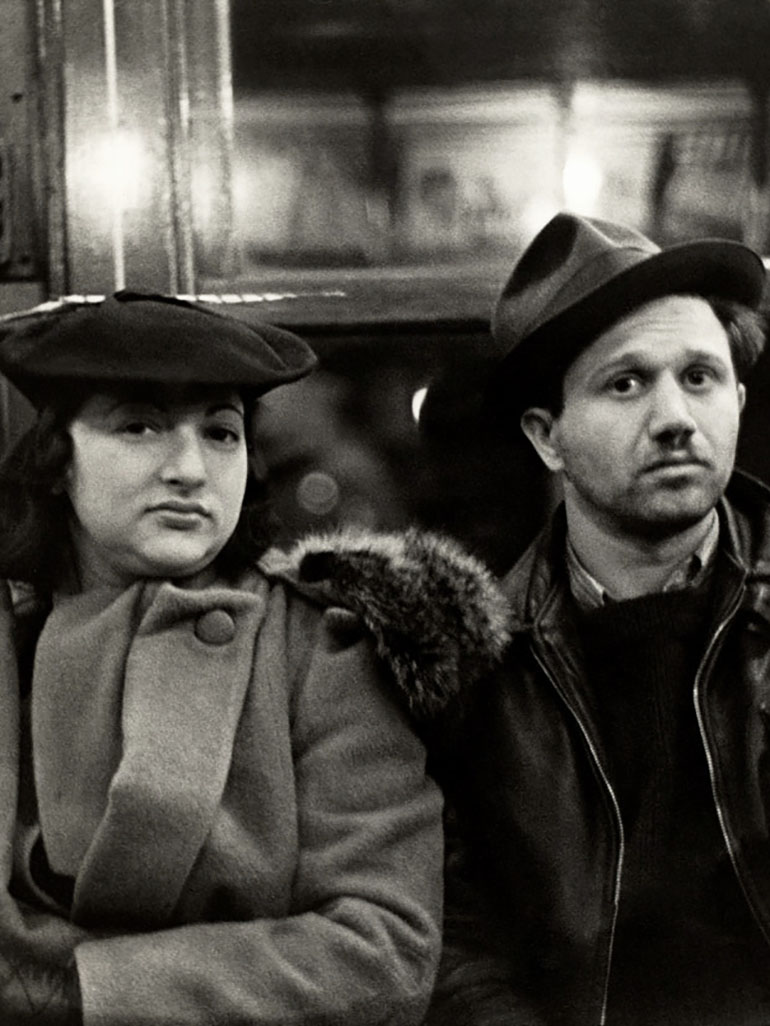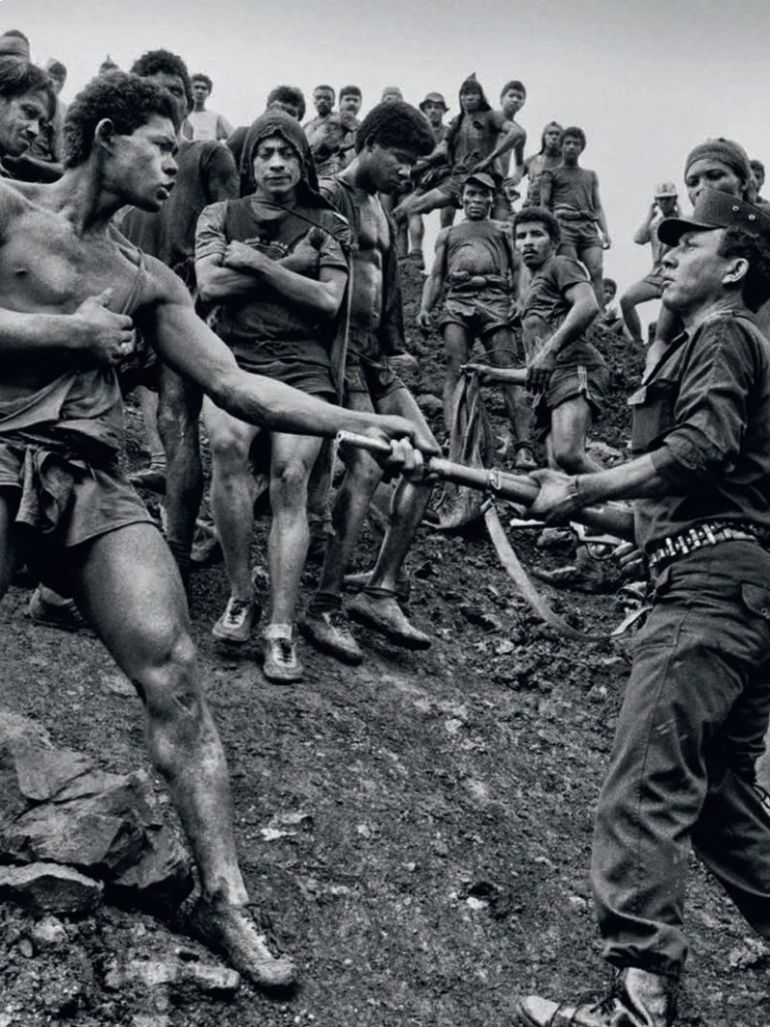
Who is Juergen Teller?
Juergen Teller is a UK-based German fine art and fashion photographer. Throughout his career, Teller often blurs the lines between his personal and commissioned works in his campaigns, publications, editorials, and exhibitions.
Go Sees
Beginning in May 1998, Teller started to take pictures of his project Go Sees, taking over 462 snaps from the doorway of his studio in London, capturing the models who visited him before and after they stepped in. He documented all those go-sees, which, as a fashion photographer, was a concept he was fascinated with, though he initially tried to evade it by visiting the agencies himself.
I thought it was a weird idea – girls coming to see me as a man. I wanted to do it for one year and see what happened. In a way, that was my first conceptual project.
As viewers, we are also as guilty as Teller if we choose to enjoy the vicarious pleasures that the portraits document. As we can tell, most of the girls pictured in the series never appeared on either a fashion shoot or a catwalk. Instead, they probably returned to college, school, or their day jobs and this remained undiscovered and, in the eyes of the fashion world, lacking the dictated physical allure.
The portraits were previously published in book form and have been on display as part of a recent exhibition at Alison Jacques Gallery in London titled Juergen Teller: Go-Sees, Bubenreuth Kids and a Fairytale About a King.
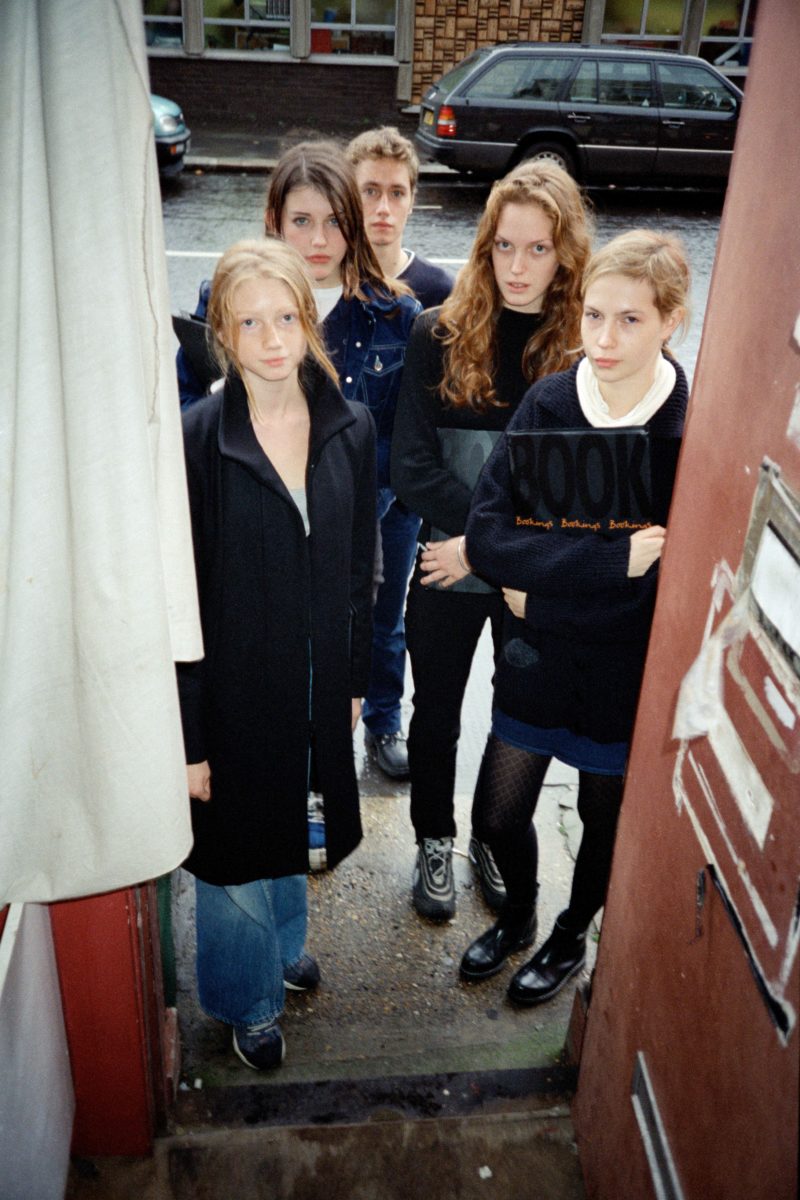
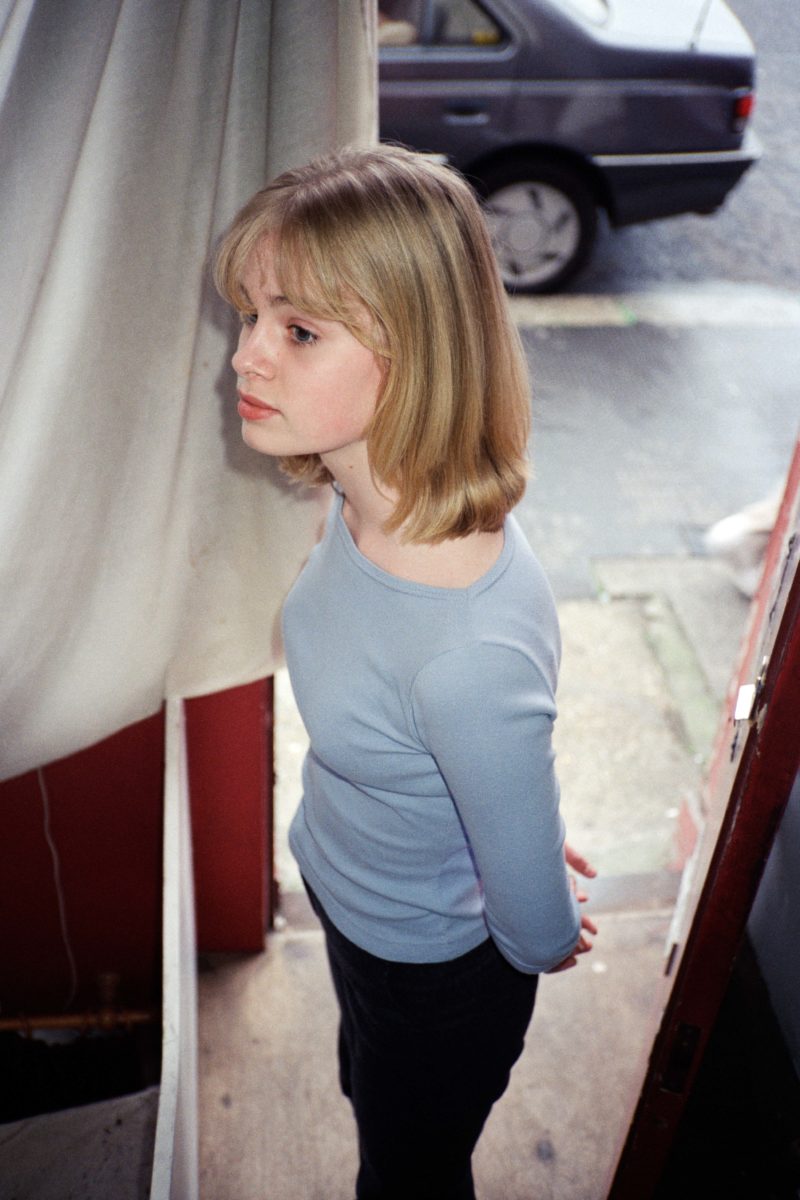
What the photos show
The origin of this project was a rather deceptively simple idea that instantly struck Teller. However, the result is striking and, to some extent, funny, as it makes the viewer question the world of models as well as the fashion industry. The images are of girls, mostly around the teenage age, presenting themselves to Teller in the hopes of a career breakthrough. Sometimes, the girls are alone or in groups; sometimes, they are accompanied by their parents. The portraits are captured in the varying lights of the changing seasons but always in front of the Teller’s studio.
Teller recalls while sitting in the kitchen of his studio in London, perusing the portraits 20 years later:
Some looked really fragile, anorexic, standing there in the middle of the road with their book in their hands. I was thinking, ‘I can’t believe it, it’s insane.
Teller remembers some of the girls turning up with their pushy, overly ambitious parents, shuffling these kids along, wanting to sell them off – brutally speaking.
Captured in and framed by the doorway of the artist’s studio, the subjects of the series are depicted in several guises; confident, shy, hopeful, disengaged, relaxed, energetic, and casual clothing. Transgressing the fashion industry and fine art, the images, just like all other of Teller’s work, are never retouched. Teller’s snapshot skills and spontaneous, as well as the unusual angles, defer from the refined visual protocols so closely connected with the extravagance world.
The portraits are not just random girls; there are also future fashion icons in the making, such as Jade Parfitt, Shalom Harlow, and Devon Aoki. The images, however, are not accompanied by any commentary. Nevertheless, they show an apparent weirdness of the situation and the dubious position the young girls were being placed in by their fashion agencies, hooking them up with a male fashion photographer, who will run the rule on their physical appearance.
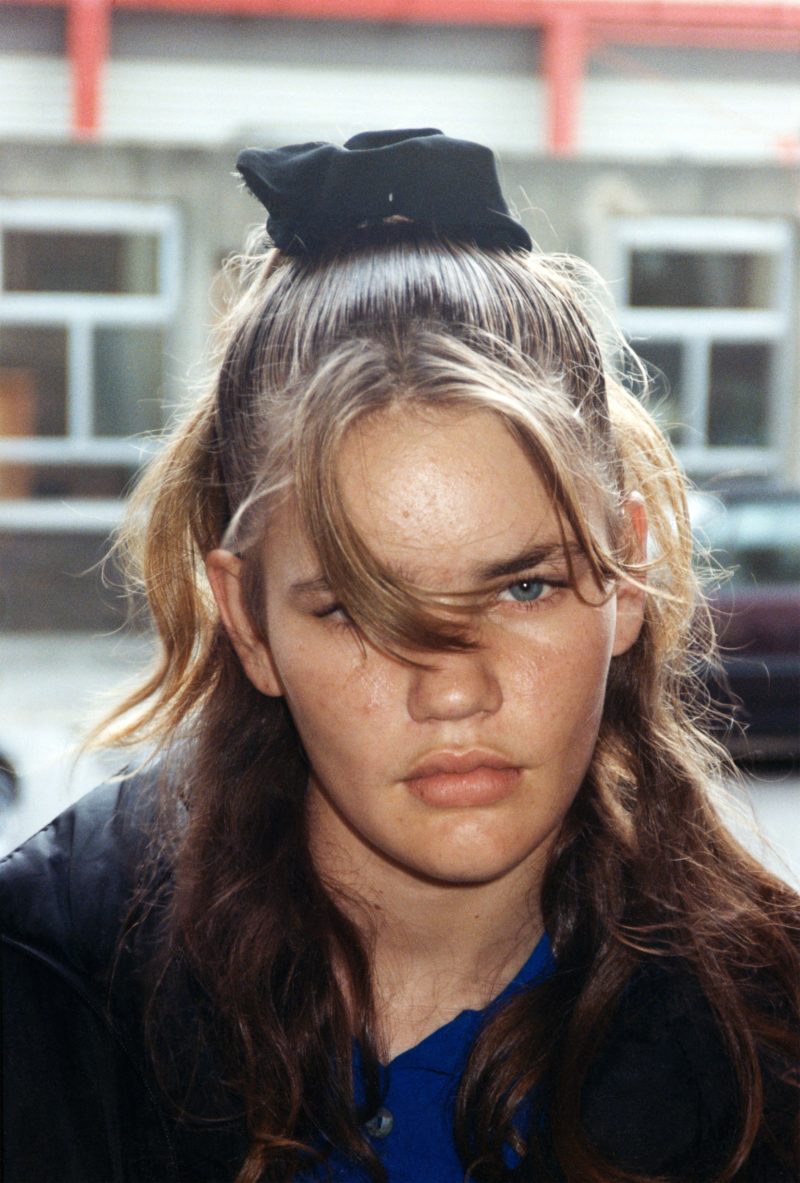
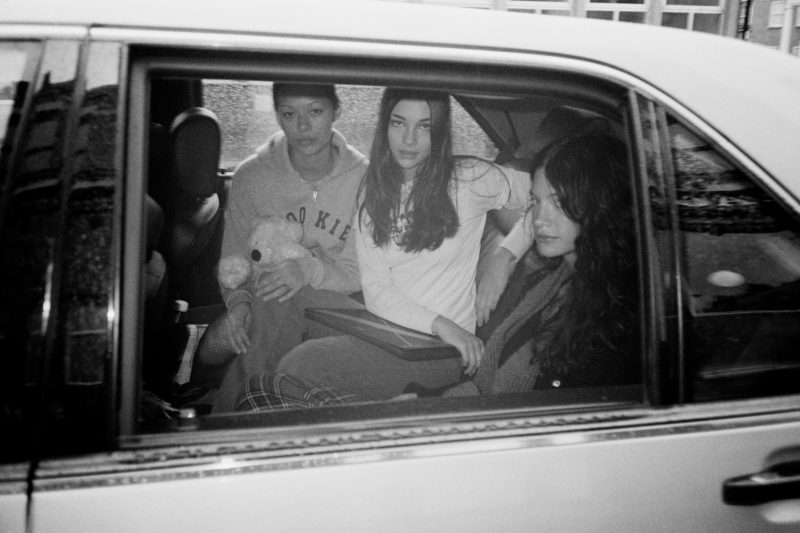
Production & meaning of the name
Goo Sees was produced over one year. Its title is rather a common concept in the fashion industry. A photographer hooks up with models, acknowledging that neither one has a specified commission for the season’s project. Go-see is just a testing ground and could determine eh potential career for the model.
Teller says he experienced some quiet patches in the course of production, especially during high summer and Christmas, where he could have as many as 30 girls turn up. He supplied coffee and tea to his subjects and spent between five and 15 minutes going through their portfolios, then took a snapshot on the signature doorstep, or sometimes inside the studio or outside.
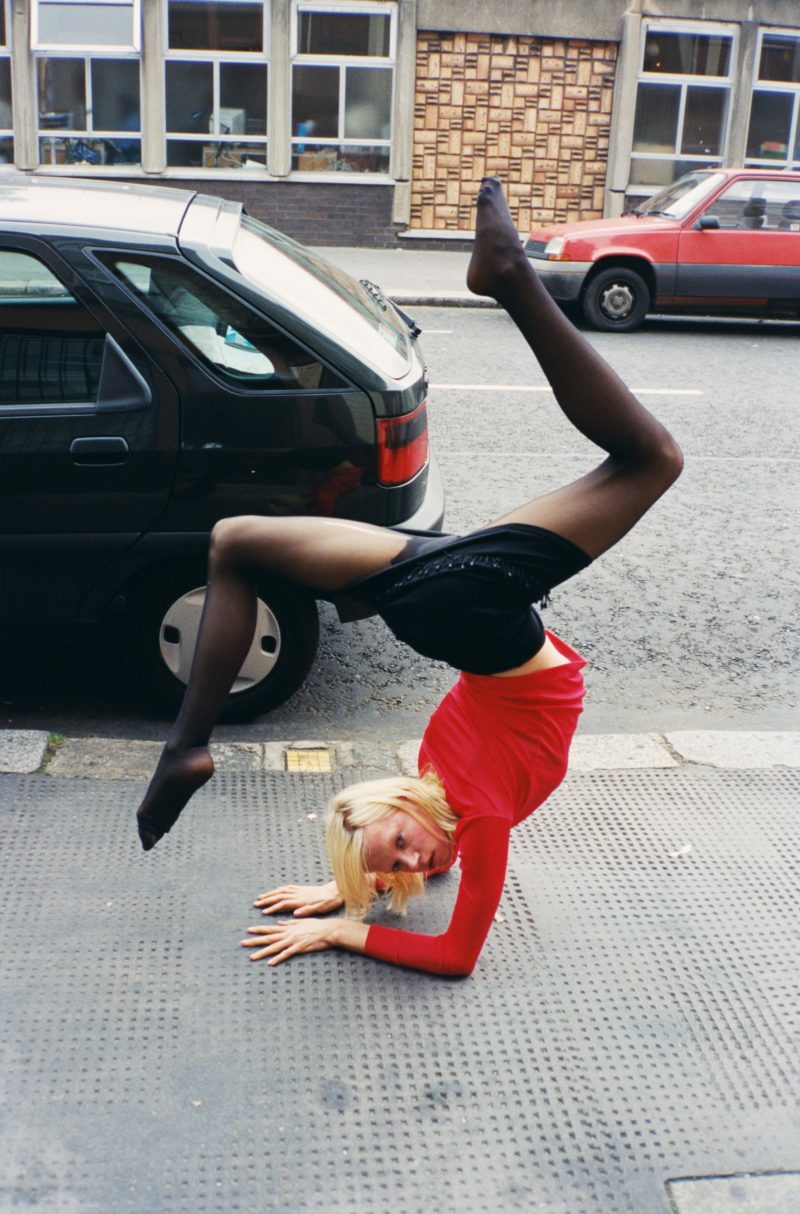
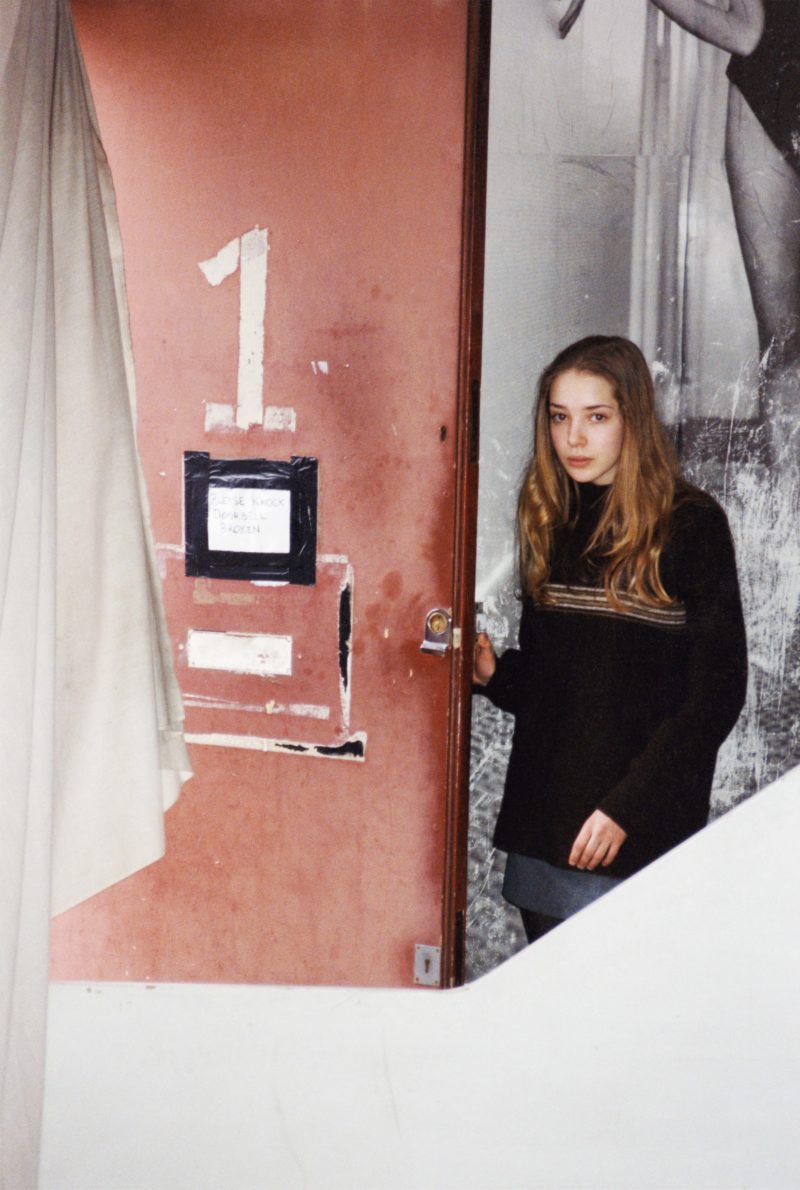
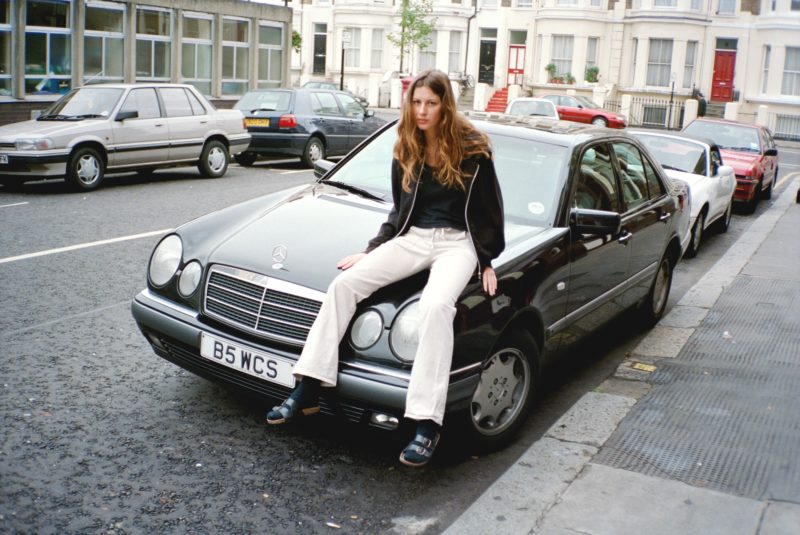
Video: Juergen Teller speaks about Go Sees
4 min 41 sec
Why does this project matter?
Why does this project matter?
The artistic element in Go-Sees is there to see. However, Teller claimed that he is not interested in creating photographs that leave your imagination free to think about what kind of life this person leads, though he also <em<enjoys taking pictures of a girl in and out of clothes.
Go-Sees is a relevant project because it duly demonstrates and articulates the tacit strains of discontentment that are woven within the modern young females. As a result, they are compelled to seek acknowledgment within the world that decrees the abstract standards of beauty to a submissive culture.
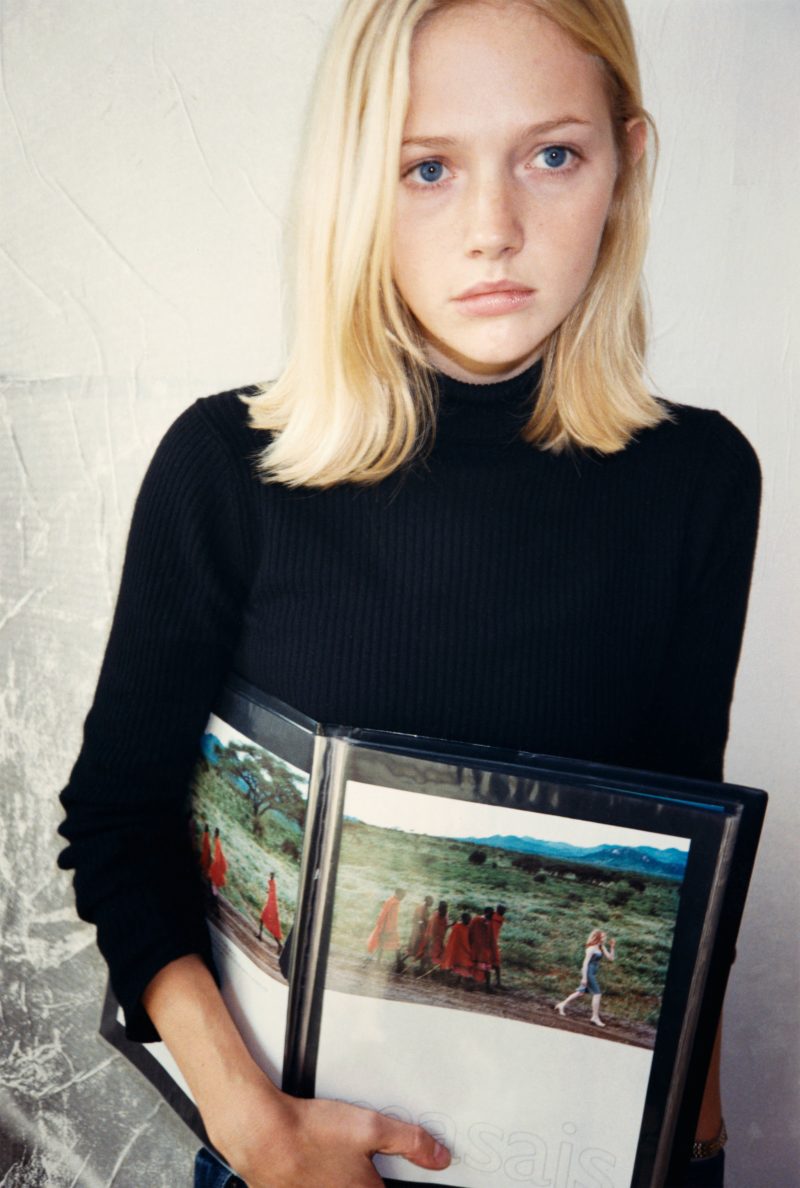
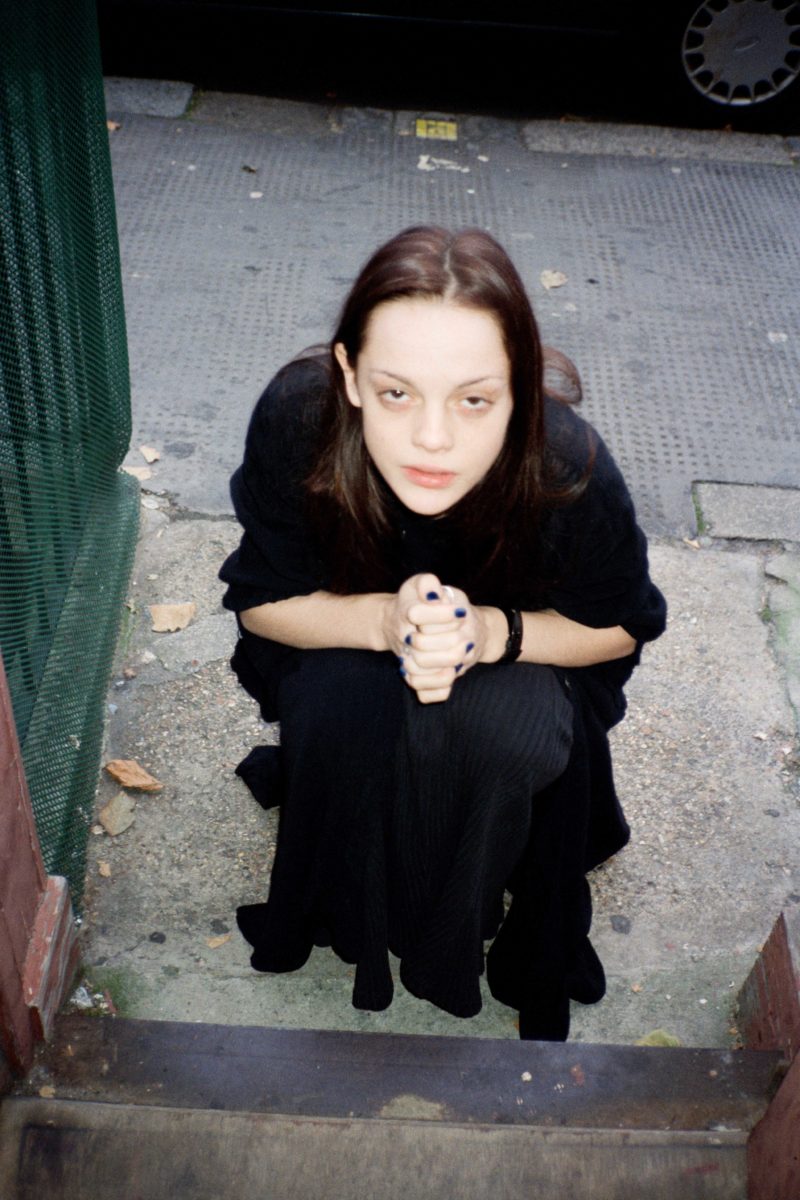
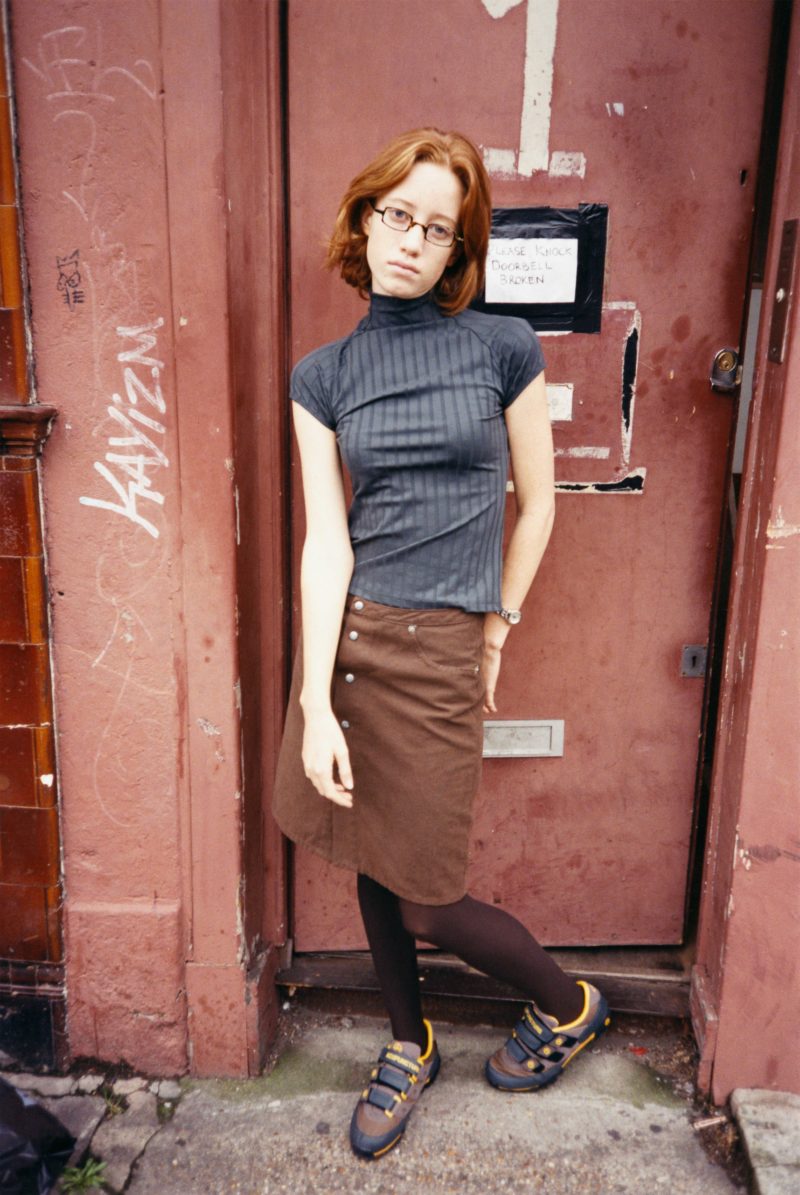
Criticism
Teller himself is deeply occupied within this same world despite the quasi-art-status his artworks have achieved in the art industry. The art industry is also known for its greediness for pieces, as is the ‘low’ culture to which it used to oppose.
While creating Go-Sees, Teller interrogated the morals in the fashion industry. However, despite the irony that he is also part of the same industry, one could reason that in taking the models’ photographs, he acted with neither morality nor intellectual assessment. Teller has simply exploited his role as a fashion photographer to assemble a massive amount of marketable images, with no intention whatsoever, other than to share them with the unseen public in the future.
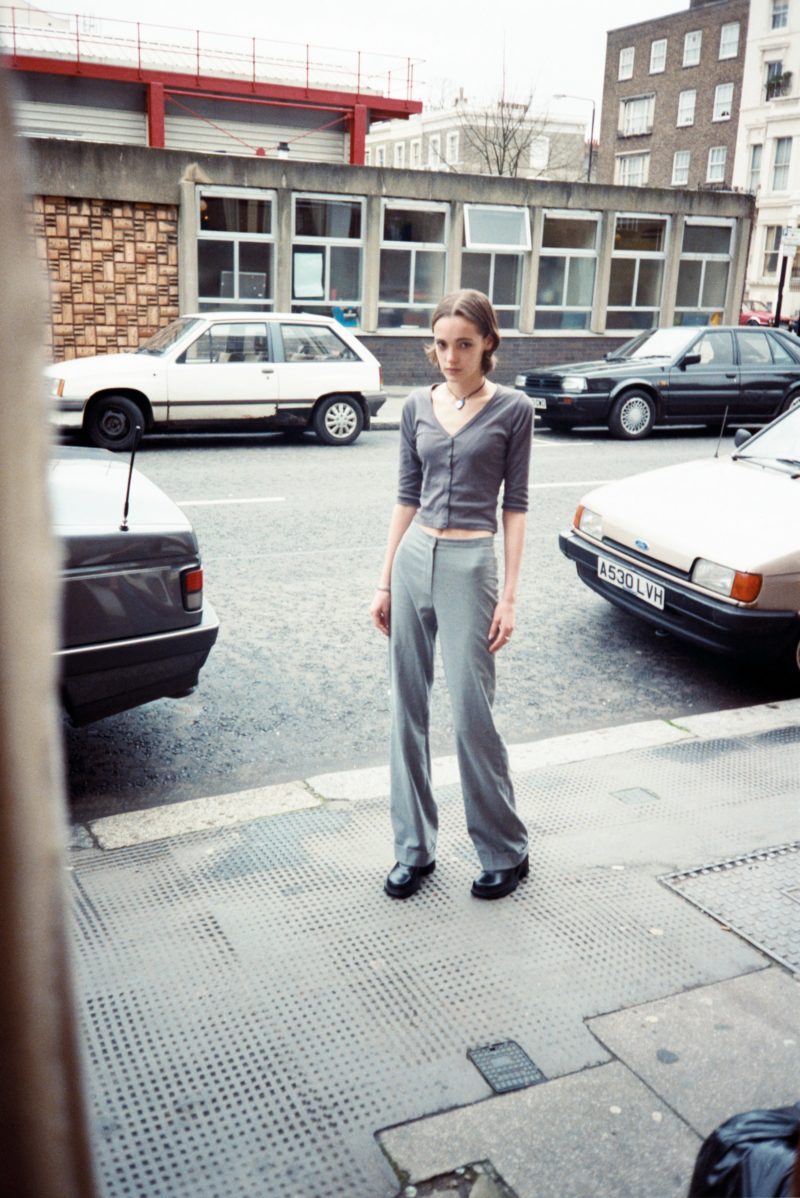
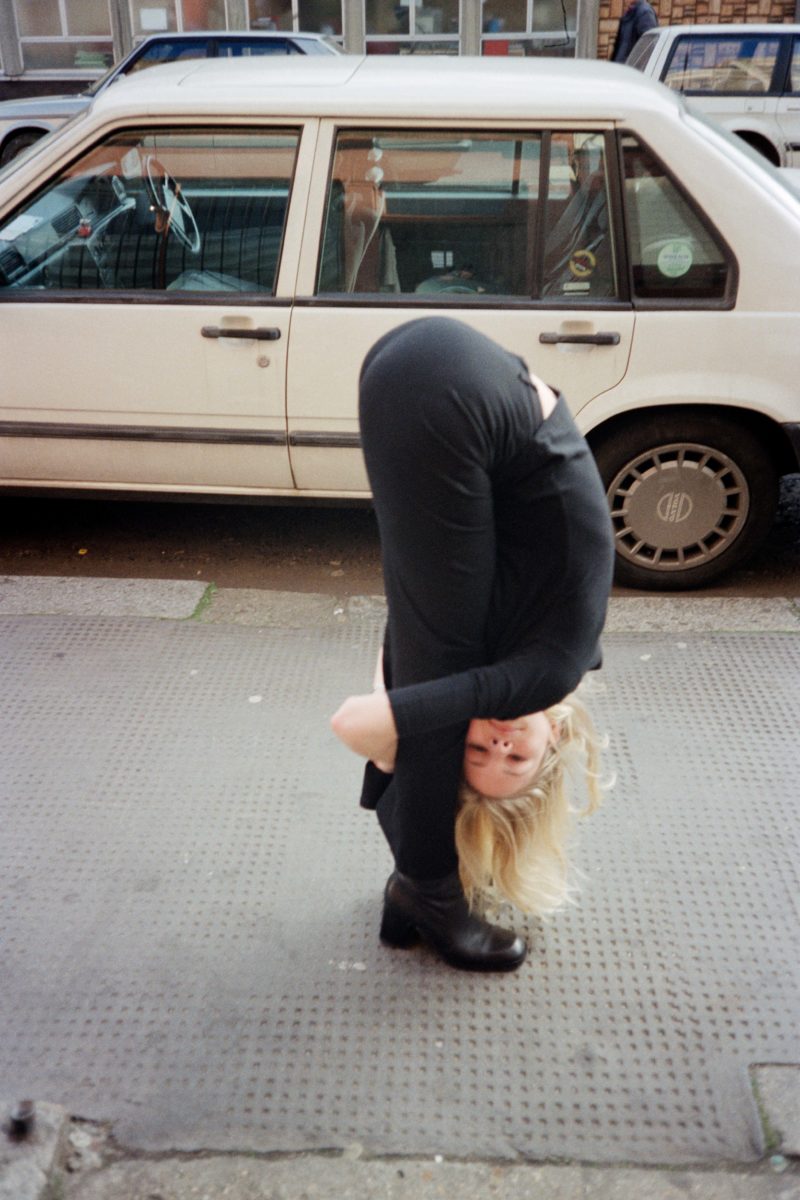
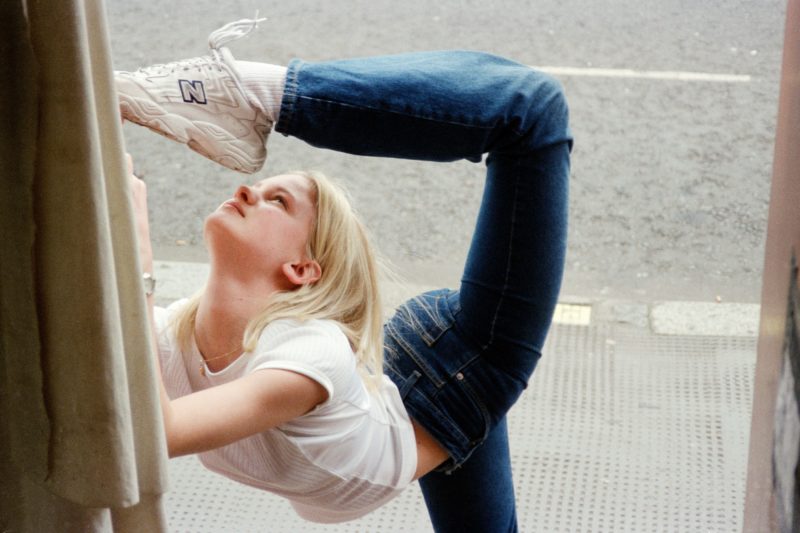
Final thoughts</h4
Go-Sees tell us something about the girls in the portraits, most relevantly, that they are exploited. The central theme of the work is exploitation: the subjects are exploited, and so are the viewers, but in trying to express the exploitative nature of the fashion industry, Teller also falls victim to exploitation.
For one thing, the images do not have an accompanying statement of intent from Teller; there is also no credit for the roles played by the girls who, without them, Go-Sees would not have been possible. This, therefore, places Teller not so much as an oeuvre artist but ‘rather as an exploitative consumer of bodies.’
As viewers, we are also as guilty as Teller if we chose to enjoy the vicariously pleasures that the portraits documents. As already we can tell, most of the girls pictured in the series never appeared on either a fashion shoot or a catwalk. Instead, they probably returned to college, school, or their day jobs and this remained undiscovered, and in the eyes of the fashion world, lacking the dictated physical allure.
